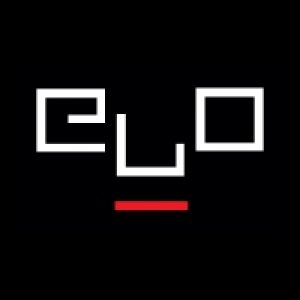Katherine Hayles’ MLA Presentation on “Teaching Electronic Literature,” Jan. 11, 2020, Seattle WA
Shelley Jackson, Patchwork Girl
Brian Kim Stefans, “The Dream Life of Letters”
Dene Grigar and Stuart Moulthrop, Traversals: The Use of Preservation for Early Electronic Writing
Samantha Gorman and Danny Cannizarro, Pry
Amaranth Borsuk and Doug Bouse, Between Page and Screen
IMAGINE you want to write a poem. You might pull out pen and paper and start crafting language, in the subtle and complex ways people have for millennia–but you may be more likely to sit at your computer. Now you have an opportunity to enlist the computer as your collaborator to create not only with words but colors, graphics, images, sound, animation, even gestures. In a nutshell, that’s electronic literature, “born digital” works that use computational media to create artistic literary effects with an expanded repertoire that goes well beyond words. Electronic literature poses new kinds of artistic challenges and opportunities for creators; it calls for new kinds of strategies in criticism, including exploring the relation between screenic display and underlying code; and it presents readers with exciting works that create boundary-breaking art in which “literature” joins hands with other artistic traditions. Does this sound enticing but also perhaps dangerous, luring you out of your comfort zones? This website is designed to make the transition into electronic literature easier for those of us who want to teach these works and offer them to our students.
In this website, you will find answers to your questions and resources to meet your pressing needs. First, we offer reasons why electronic literature should be taught in academic settings, from universities to community colleges and secondary schools. These may be useful not only to convince you but also to provide rationales for administrators responsible for approving curricula. We also offer resources for teachers new (and not-so-new) to electronic literature so you can successfully implement courses or modules on electronic literature and integrate them into your classrooms. The site includes sample syllabi to aid in course construction and design, as well as various schema for organizing courses around electronic literature. We also offer useful links to curated collections of electronic literature so that you can easily identify and access high-quality works from an international community of writers in several languages, including Spanish. In addition, we provide links to the history of electronic literature and information on archival works to facilitate a sense of how the field has changed over time and to make available works that may not otherwise be accessible to current platforms and software packages. Welcome to the world of literature-as-it can-be in the computational era!
